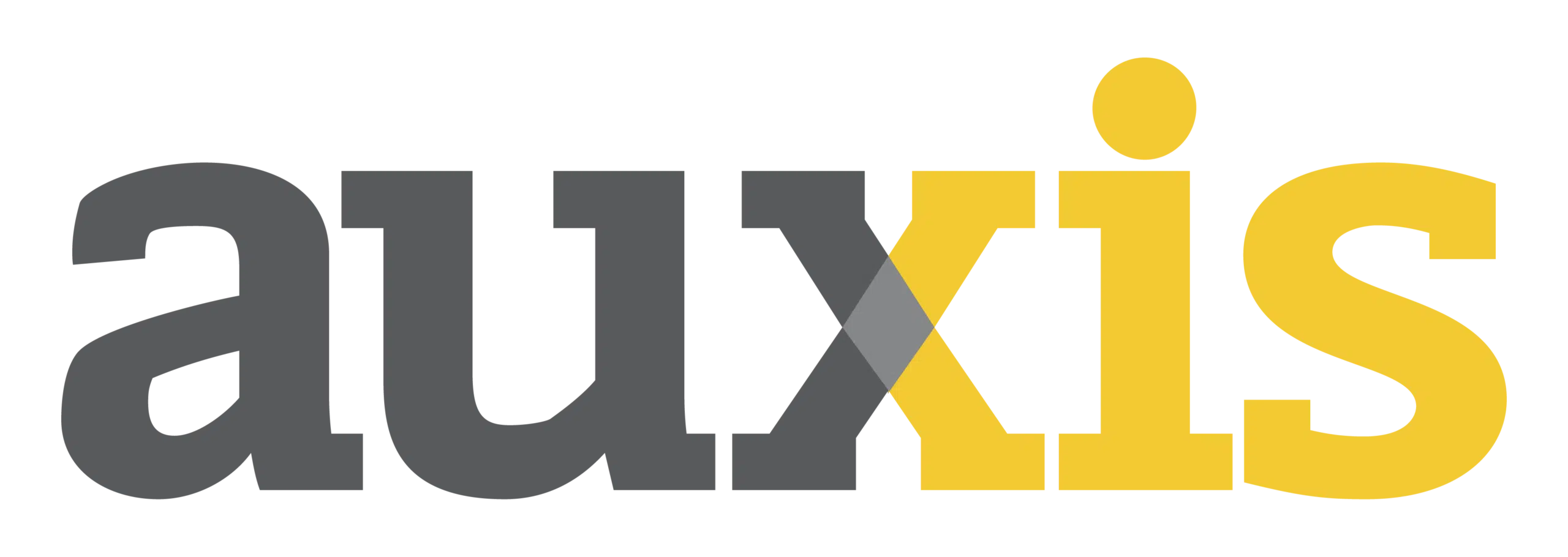At the simplest level, complying with the Sarbanes-Oxley Act of 2002 (SOX) is important because, well, it’s the law. But implementing best practices for SOX controls does more than help corporations avoid hefty penalties – it drives efficiency and investor confidence that positions your business for future growth.
Also known as the Corporate Responsibility Act, SOX was introduced after a series of financial scandals rattled markets, involving misleading financial statements and questionable accounting practices. SOX established rules to protect the public from fraudulent practices, increasing transparency in corporate financial reporting and establishing a system of internal checks and balances.
While most SOX rules apply to publicly held companies, some provisions impact certain private businesses as well. It’s also vital for private companies planning an initial public offering (IPO) to get ahead of SOX regulations and compliance.
Achieving compliance involves complexity and cost, but it can also deliver a laundry list of benefits: improving efficiency and accuracy in financial reporting, strengthening control structures, generating better audit outcomes, and increasing market trust that spurs greater investment.
But while compliance fulfills legal obligations and creates smart business practices, building a strong SOX control framework can prove challenging for finance teams consumed by day-to-day operations. Controls are required on all business processes and cycles related to financial reporting and results, creating checks and activities designed to catch and prevent intentional or unintentional errors.
The stakes for non-compliance are high: executives can face millions of dollars in fines and decades in prison for “knowingly” or “willfully” failing to meet SOX standards. Companies also risk unhappy investors, reputational damage, and delisting from the stock exchange.
Let’s examine 4 SOX compliance best practices that create an effective control framework – driving compliance, improving transparency, and minimizing disruption to your business.

SOX best practices for building a strong control framework
SOX holds CEOs and CFOs directly responsible for the accuracy, documentation, and submission of financial reports to the SEC (Securities and Exchange Commission). As part of that mandate, they are required to evaluate and certify the design and operational effectiveness of the organization’s internal control structure at periodic intervals, with internal auditors performing regular audits to ensure controls meet SOX requirements.
With so much at stake, how can companies identify risks and target internal controls more effectively?
Step 1: Assess your current state.
Thoroughly assessing the status of your financial reporting operations paves the way for SOX compliance best practices, enabling organizations to identify, prioritize, and remediate high-risk areas. An independent agent should perform this assessment, such as an internal controls audit department that’s unaffiliated with the execution of activities under scope, or an external agent like an audit or consulting firm.
A robust risk assessment lays the foundation for developing key controls and appropriate control documentation. It should incorporate a documented walkthrough of each process with the process owner, team, or individual who executes the activities – focusing on significant accounts, processes, and locations.
Documentation should detail the flow of key activities taking place in each financial reporting cycle, noting processes and sub-processes. It should also include which team members are involved, as well as their roles and responsibilities.
Step 2: Identify potential risks and controls for mitigating them.
After a thorough assessment, your audit agent can help you identify, document, and control potential risks that can lead to material misstatements in your financial reports. Typically, this may include improvements to process steps, existing internal controls, segregation of duties, an authorization matrix based on fraud opportunities, storage security, and more.
Categorizing these risks based on materiality and importance builds a roadmap for optimizing internal controls. Categorizing risk also helps determine frequency of testing new controls that are implemented.

Controls may be detective like account reconciliations, spotting issues after they have occurred. Preventive controls are also used to stop fraud or erroneous activity before it starts, such as protecting and limiting access to ERPs and other systems.
Step 3: Create a control matrix.
A proper control structure maximizes operational and auditing efficiency while minimizing compliance costs. Building a control matrix delivers a snapshot of your organization’s risk profile that helps you identify, rank, and implement control measures to mitigate risks effectively.
An internal control matrix creates a repository of risks, logging them with formalized actions needed or in place to prevent negative events from happening. It also details relevant information like control owners, actions taken, and testing periodicity and results.
Since all risks don’t affect organizations equally, clearly documenting each risk and related control makes it easier to understand the real impact of potential threats to operations. While a control matrix can be an Excel spreadsheet, automated tools are also available that drive efficiency and accountability; for instance, automatically assigning actions to team members and automating approval workflows.
Maintaining your control matrix is essential to effective SOX management. Keeping it updated when testing or audits identify processes or systems that require new controls ensures continued compliance.
Step 4: Test regularly to ensure ongoing effectiveness.
Testing is a key component of effective SOX management, continually monitoring the controls you put in place to ensure ongoing compliance. Testing should assess the design and operational effectiveness of new checks and actions to ensure no tweaking is required.
Testing established controls at regular intervals also enables organizations to identify deviations from the original framework that require readjustment before formal SOX audits take place.
Update testing results on your control matrix, noting gaps in execution or controls that are missing or ineffective. These results will guide remediation plans, using the matrix to also indicate clearly who is responsible for executing necessary actions.
Findings should once again be categorized and prioritized based on risk. Once remediation is completed, re-test controls to ensure effective adjustment and update your matrix accordingly.
The right approach to SOX management
A proper SOX framework makes sure internal controls are documented, monitored, and tested at regular intervals to ensure their effectiveness. But operationalizing SOX best practices is complex – and can easily strain finance teams who aren’t sure how to start.
Following these 4 simple steps can help your business develop a flexible, scalable, and streamlined approach to controlling SOX risk effectively.
Outsourcing accounting operations helps implement and execute controls that mitigate SOX risk, with experienced resources and best practices already in place for achieving SOX compliance best practices. Want to learn more? Schedule a consultation with our Finance & Accounting Outsourcing experts today!
